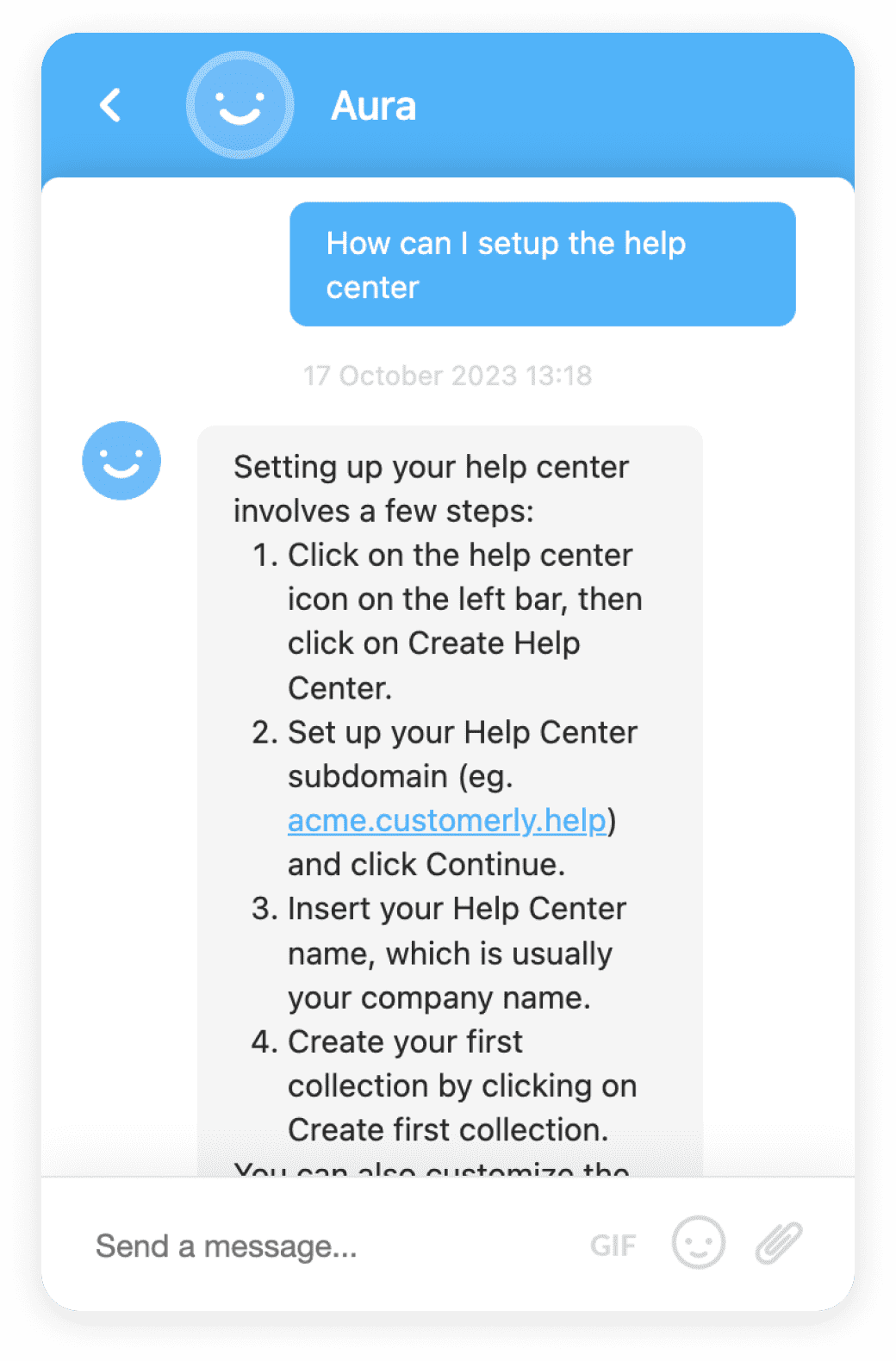Churn Rate
Churn Rate is a key business metric that calculates the number of customers who leave a product over a given period of time, indicating customer retention.
Definition
Churn Rate, also known as attrition rate, is a business metric that calculates the number of customers who leave a product over a given period of time, divided by the remaining number of customers. It is a critical factor in understanding a company's customer retention. A high churn rate could adversely affect profits and impede growth.
Usage and Context
Churn rate is commonly used in the context of subscription-based businesses or industries where continuous customer engagement is critical. It is utilized by companies to understand customer behavior, identify problems or opportunities, and strategize for customer retention. The calculation of churn rate varies depending on the business model and customer engagement patterns. Some companies may calculate it based on the number of customers lost, while others may focus on the percentage of recurring revenue lost.
FAQ
What is a good churn rate?
A 'good' churn rate can vary widely by industry and business model. However, an annual churn rate of 5-7% is typically considered acceptable.
How can a company reduce its churn rate?
Reducing churn rate often involves improving customer service, understanding and addressing customer needs, and offering competitive pricing or value.
Related Software
Many Customer Relationship Management (CRM) and Business Intelligence (BI) software offer churn rate analysis features, including Salesforce, HubSpot, and Looker.
Benefits
Understanding churn rate can help businesses identify potential issues with their product or service. It can also guide them in formulating strategies to improve customer retention, thereby improving profitability.
Conclusion
In conclusion, churn rate is a key metric in assessing a company's health and success. A low churn rate indicates high customer satisfaction and retention, while a high churn rate can signal potential problems in a company's product or service.
Related Terms
CLV (Customer Lifetime Value)
CLV or Customer Lifetime Value is a prediction of the net profit attributed to the entire future relationship with a customer. It is used to guide marketing, sales, and customer service strategies.Customer Lifetime Value
Customer Lifetime Value (CLV) is a predictive analysis technique used to calculate the total net profit a company can make from any given customer.Customer Lifetime Value Analysis
Customer Lifetime Value Analysis is a method used to predict the total value a company can derive from a customer throughout their relationship.Customer Retention
Customer retention refers to strategies used by businesses to encourage repeat business and loyalty from their existing customer base.Customer Retention Specialist
A Customer Retention Specialist is a professional responsible for managing customer relationships and ensuring customer loyalty and satisfaction.Retention Rate Improvement
In-depth explanation of Retention Rate Improvement, its usage, benefits, and strategies to improve it.











